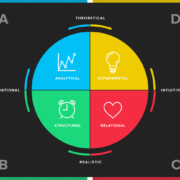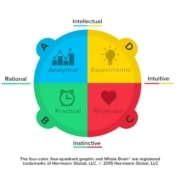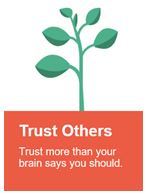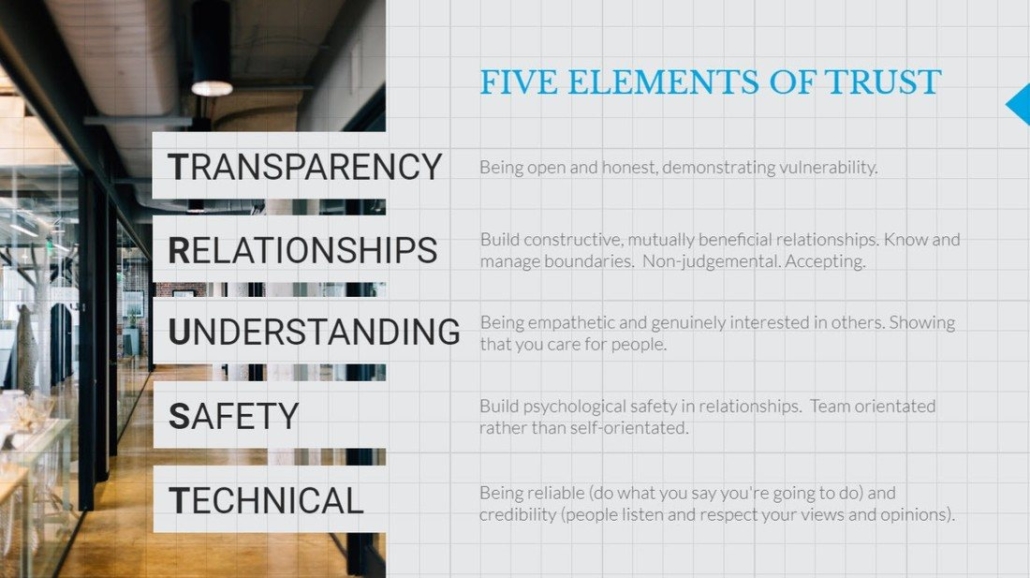What Does Leadership Look Like In 2021?
What Does Leadership Look Like in 2021?
Businesses across every industry were forced to make dramatic changes to the ways in which they operate over the past year. Business leaders, managers and their teams have had to adapt rapidly to (in many cases) entirely new procedures. Our senior managers and HR leaders have been at the forefront of implementing these changes to ensure success at every level. How has this last 12 months changed our perception of leadership? How have our expectations of those in leadership changed as a result? The challenges that we faced and will continue to be around as a result of COVID-19 have forced us to take a closer look at what it means to be a great leader, especially during times of crisis, and its recovery. What lessons were learned? And of course, the big question on everyone’s list is what does leadership look like in 2021?
Trust
Leadership is about more than simply being given the role of ‘leader.’ It is an important quality within a person that inspires others to be at their best. Great leaders are able to do this by creating trusting and supportive environments wherein their team are empowered to develop skills and build confidence in themselves. With many businesses still restricting some of their in-person operations, it is even more important that managers are able to trust their employees to continue to perform their role to the same standards expected of them in the office or workplace. Likewise, those same employees must also be able to trust their leaders to provide the same level of support they would receive were they not working remotely. Trust is a big part of organisational performance and evidence suggests that during COVID-19 those high performance teams who already have well established trust, performed equal to pre-COVID-19 if not higher. Yet, those teams with lower trust experienced a decline in performance.
Communication
As with trust, remote operating procedures have highlighted the importance of having excellent communication within a team. It is a skill that we can not afford to overlook. For leaders this means being able to deliver ideas and feedback by being authentic. Authentic in the sense that the language used isn’t comprised of, nor do we hide behind a lot of complicated jargon; rather, it is your own authentic voice. This lets your team know that you are being yourself and not keeping information from them. In turn, this can help to build trust between you and your team. Interestingly at The Leadership Sphere we have seen an increase in businesses looking for high performance teams training, support with development around performance management, and coaching to help senior managers and leaders with giving and receiving feedback.
Emotional Intelligence
Emotional intelligence is an important skill for leaders. Just like trust and communication,it becomes even more important during times of crisis. By developing this skillset through leadership development programs, leaders are able to gain a deeper understanding of the concerns of their team. The key word here being leadership development programs, rather than one off courses, that is a program of ongoing workshops, coaching and reviews that enable self awareness, self reflection and 360 degree feedback along the way. In doing this, they are also better equipped to guide their teams through the challenges they face both day-to-day, as well as on the global scale experienced recently. We can look at the extreme challenges brought on by the pandemic as an opportunity to reflect on our understanding of our emotional intelligence and how this affects the ways we behave during difficult situations.
“Great leaders not only must respond to change, but often be the driving force behind it.”
Flexibility
Change is an ever present part of any industry and must be met with flexibility. Great leaders not only must respond to change, but often be the driving force behind it. Having the ability to adapt quickly to unexpected or unfamiliar situations is a skill that allows for productivity to continue, even in times of transition or uncertainty. Leadership development programs can help leaders learn how to navigate change by giving them the tools needed to become more receptive of innovation. Being a flexible leader means you are able to embrace change and are open to new ideas. There have been increasing requests for support with performance management as part of The Leadership Sphere leadership development programs and high performance culture workshops, and these have been invested by organisations who are looking at change across their business and building more flexibility and resilience into their leaders and senior managers.
What does this mean for the future of leadership?
For leaders moving forward, it is imperative that we continue to embrace each new challenge that awaits us. Not to do so would be detrimental to the success and growth of any business. It is only by reflecting on the successful ways business and leadership styles have been forced to adapt, that we can recognise the path we must follow into the future. By engaging expertise from The Leadership Sphere and building out a leadership development framework and supporting leadership development and high performance development program, managers are able to strengthen their ability to lead with trust and the support of their team.
For more information about The Leadership Sphere and how we can help you unlock performance through leadership, by supporting your leaders at every level of the organisation with leadership development, executive coaching and high performance team programs please visit our website or call us on 1300 100 857.
























